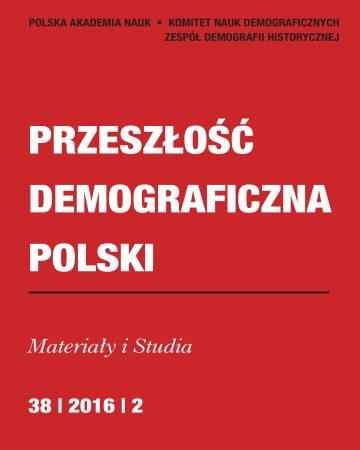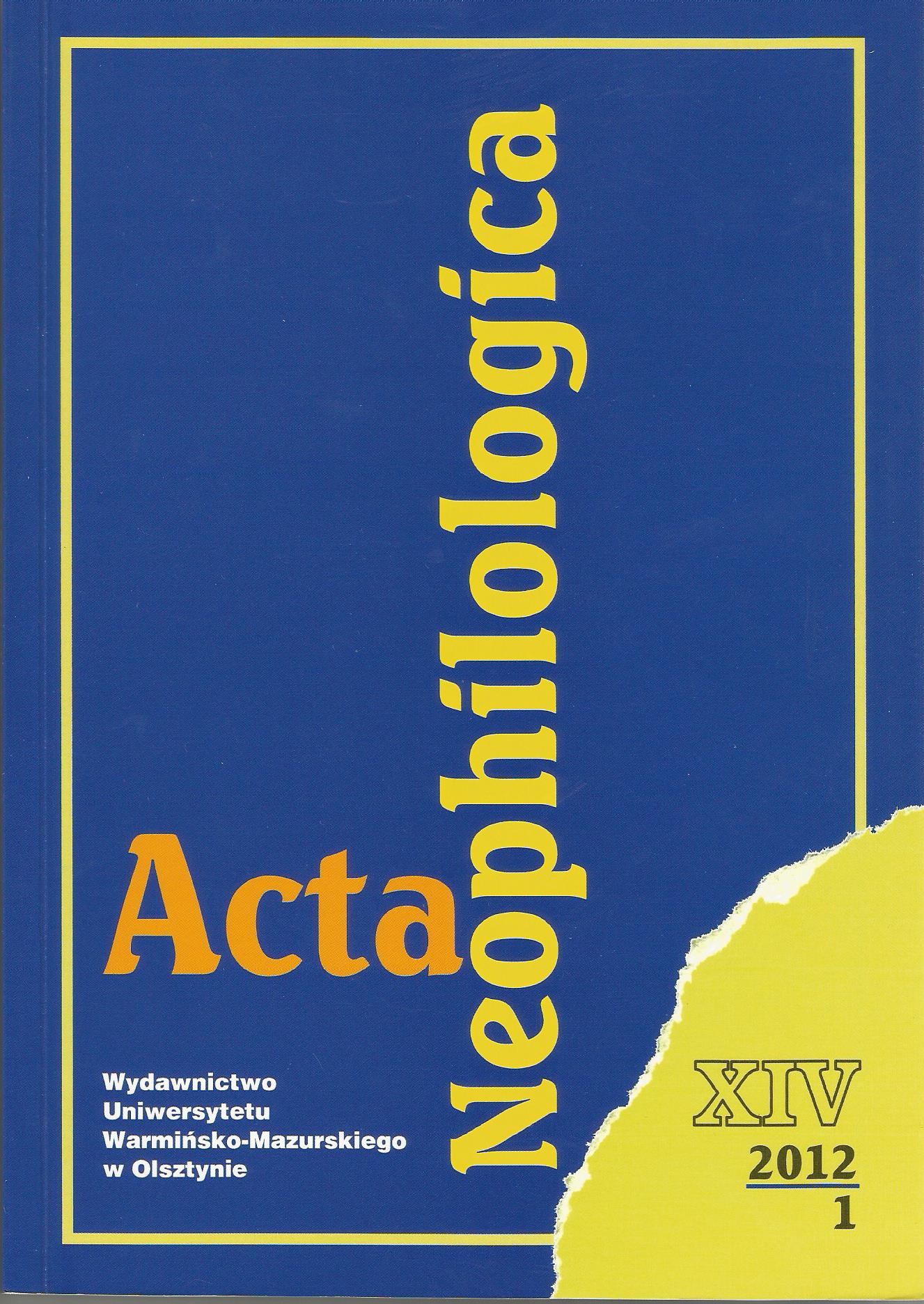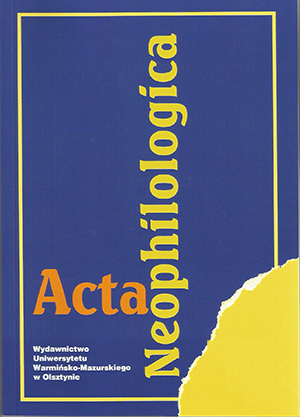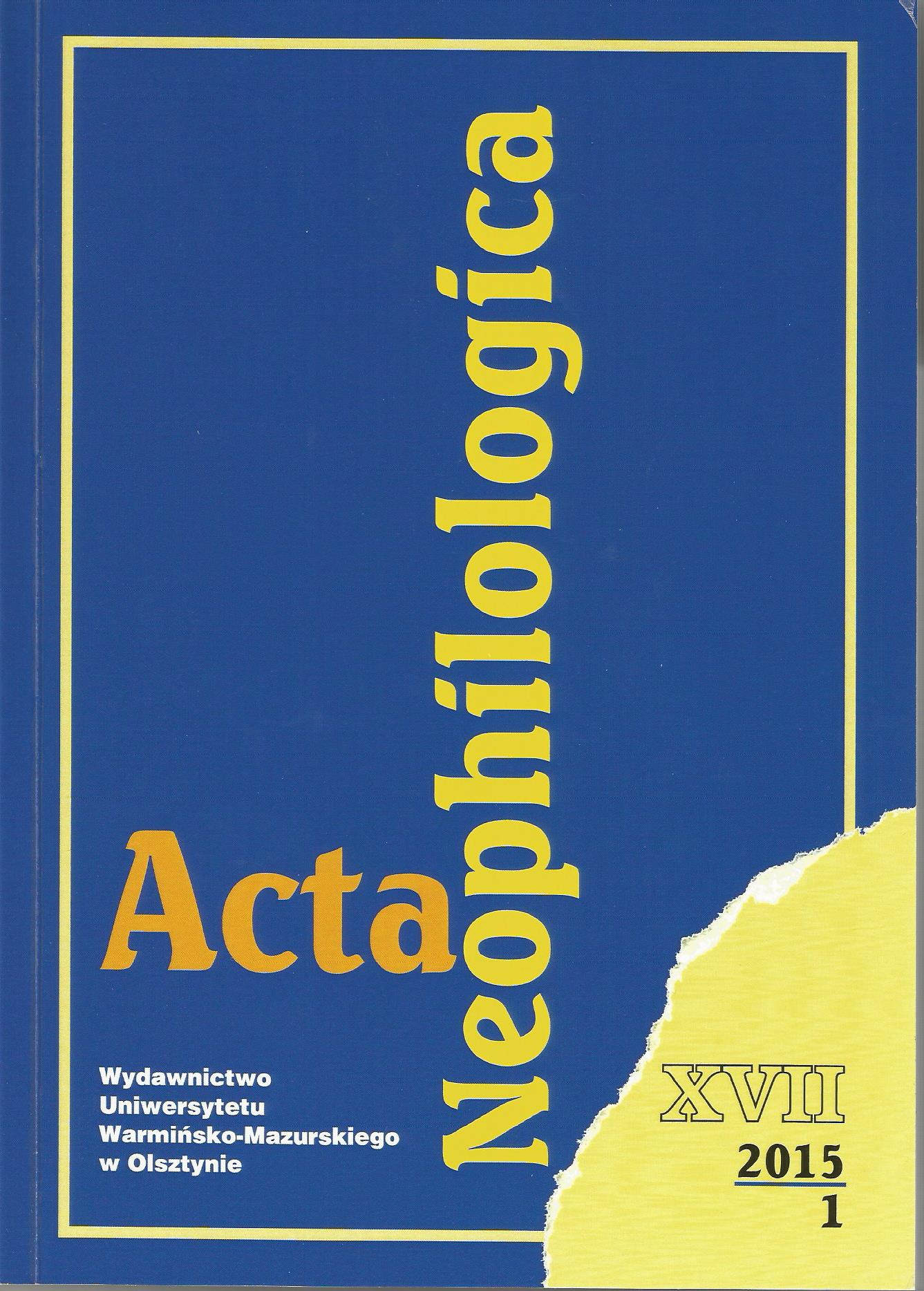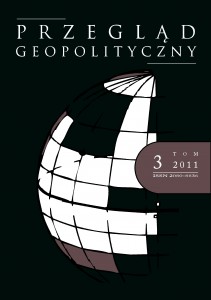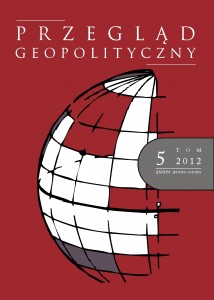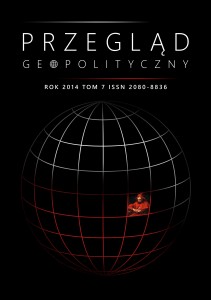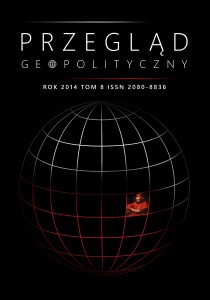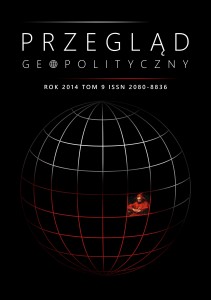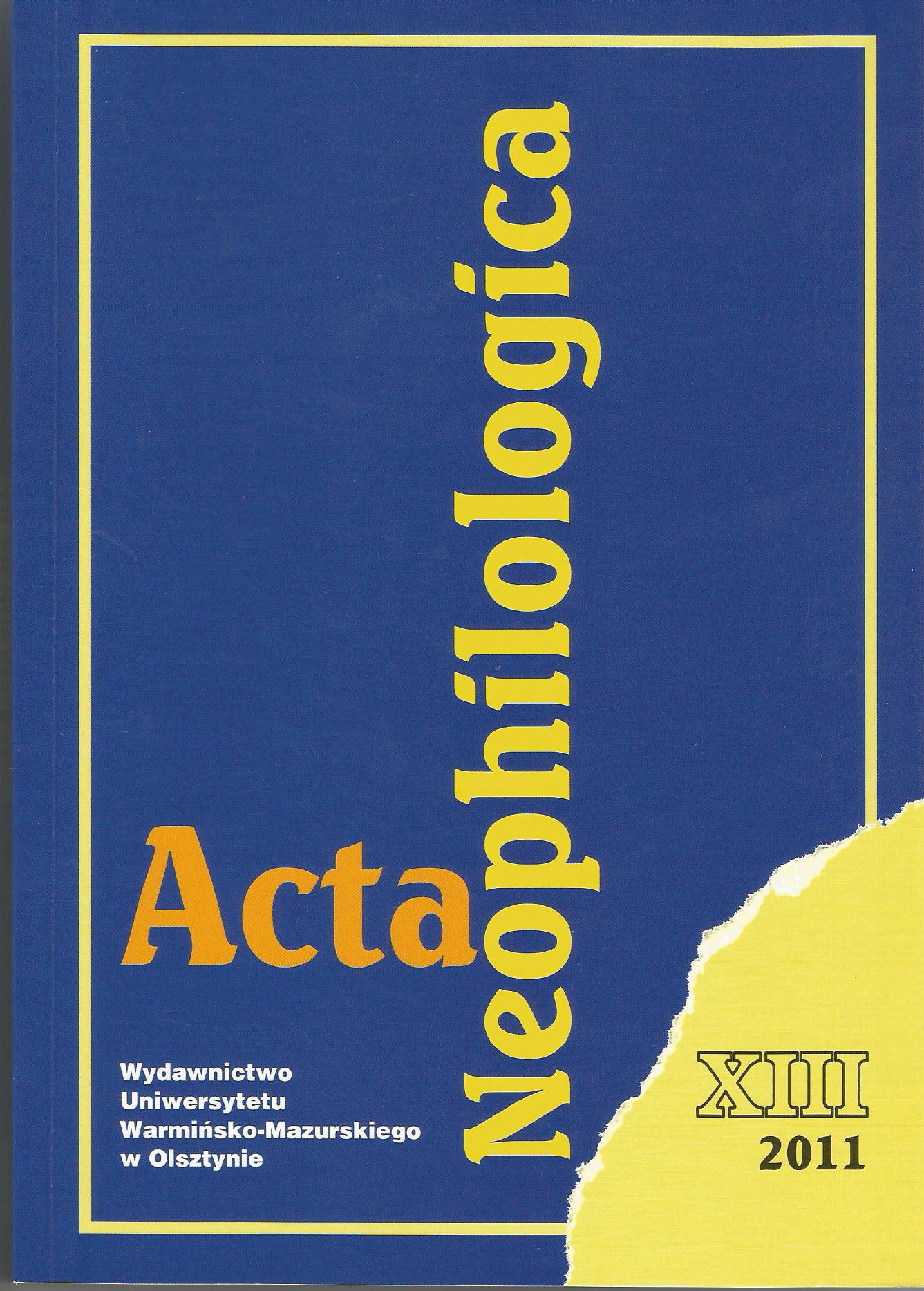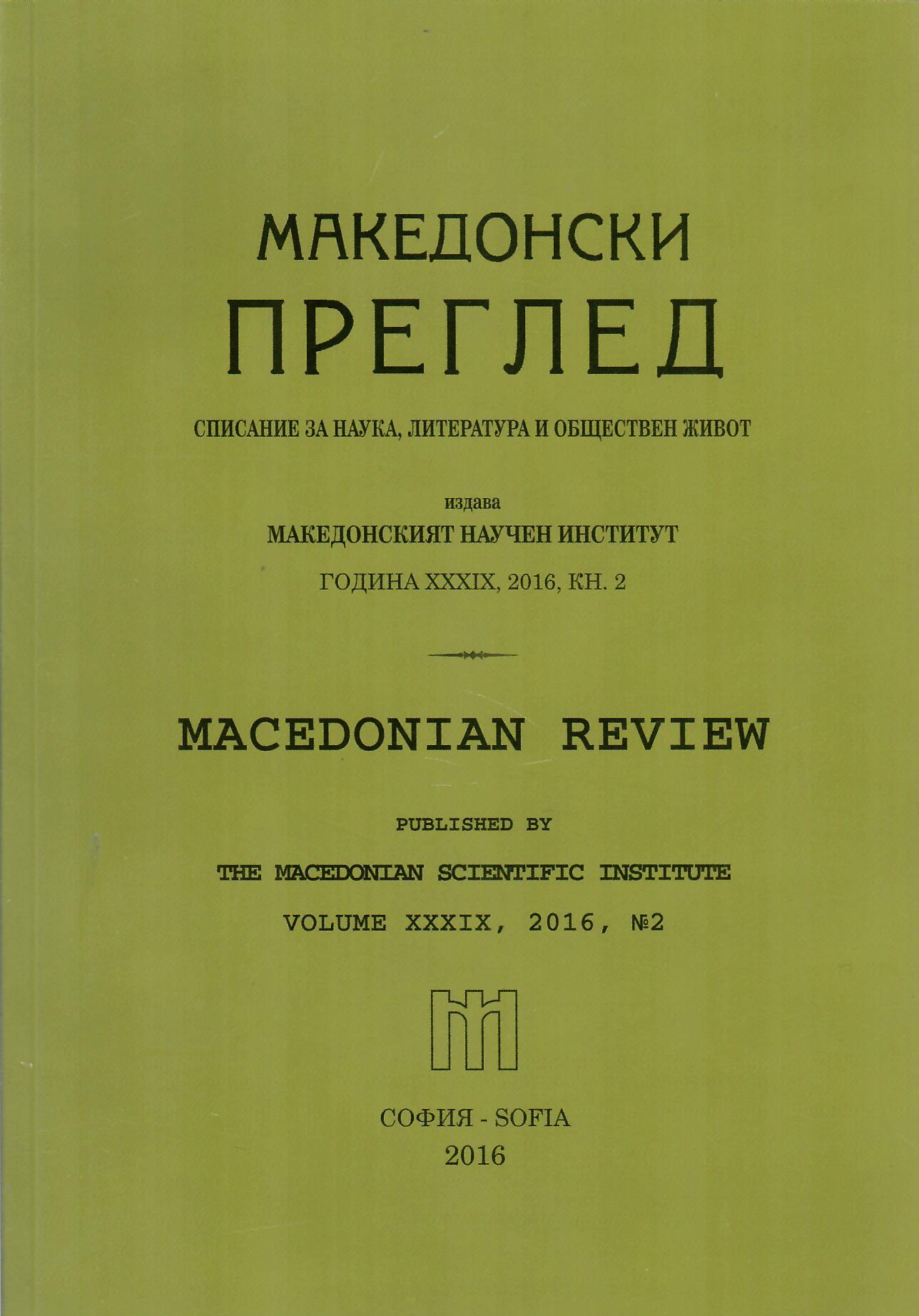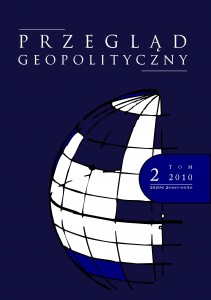
Obwód kaliningradzki Federacji Rosyjskiej w rosyjskich koncepcjach geopolitycznych
After collapsed of USRR, the Kaliningrad District was perceptioned by Baltic states in different categories. It was treated like a threat, example for security and stability of Baltic Sea region, Particularly in the one half 90s XX age. Moscow decided on change the geopolitical character of enclave, however after 1991 the federational powers were not able to work on coherent conception relating with enclave. Russian powers, in spite of radical enlargement enclave armies in the one half 90s, went away from realization a geopolitical conception of the District as military "bridge head' of Russia in Baltic region.
More...
